Respondiendo preguntas difíciles y aburridas sobre herramientas
Hay más de una forma de hacer agujeros, pero algunos enfoques son mejores que otros. Por un lado, es bueno tener opciones, pero también hacen que las decisiones sobre herramientas y procesos sean un poco más complicadas. Trabajando con clientes de casi todas las industrias, nuestro equipo observa qué funciona, qué no y cómo otros pueden aprender. Estas son algunas de las preguntas interesantes—y respuestas inesperadas—que discutimos con los usuarios finales.
¿Cuántos componentes modulares se pueden usar en un montaje de mandrinado?
Como siempre, la configuración más corta posible es la mejor. Los conjuntos modulares de mandrinado que usan sistemas, como nuestro sistema de herramientas de precisión CK, desbloquean todo tipo de posibilidades, incluyendo reducciones, extensiones y opciones de amortiguamiento. Sin embargo, hay limitaciones. En cualquier conjunto de mandrinado, los componentes deben limitarse a cuatro o cinco, sin incluir los portainsertos de la cabeza de mandrinado. Considerando la cantidad de combinaciones posibles, casi cualquier agujero puede ser abordado.
¿Cómo evitar desgastar rápidamente los cortadores de desbaste?
Una forma de ayudar a reducir los costos de consumibles en mandrinado de desbaste es limitar la carga radial. La mejor manera de hacerlo es usar más un movimiento de penetración en lugar de interpolación, lo que desgastaría las flautas por los lados. Una cabeza de mandrinado de doble cortador es una excelente solución. Balancea mejor la carga, requiere menos insertos desde el principio y, en última instancia, facilita lograr una redondez perfecta.
¿Cuándo debo pensar en términos de desbaste y cuándo en términos de acabado?
El diferenciador más común es la tolerancia final. Si la tolerancia del diámetro es más estricta que 0.004", se debe considerar el uso de cabezas de acabado. Aprende más sobre esto y otros cuatro factores a tener en cuenta al decidir entre cabezas de acabado y de desbaste en este video.
¿Cómo asegurarme de elegir/armar herramientas de mandrinado con la longitud correcta?
Elegir la herramienta del tamaño adecuado no se limita solo al diámetro y la longitud de calibración. También se debe considerar la profundidad del agujero y el alcance necesario para llegar a él. En otras palabras, si el agujero tiene tres pulgadas de profundidad, pero la herramienta debe alcanzar cinco pulgadas para llegar al agujero, deberías planear tu montaje para un alcance de ocho pulgadas.
¿Cuál es la mejor manera de preparar un agujero antes del mandrinado?
El mandrinado grueso y fino se realiza mejor después de que la pieza ha sido fresada para cuadrar el agujero con la superficie de entrada, incluyendo fundiciones y soldaduras cuando sea posible. Las herramientas de mandrinado fino también deben ingresar a un agujero que haya sido biselado, donde el mandrinado grueso o semi-liso esté libre de vibraciones o estrías profundas creadas por el desbaste.
¿Hay una mejor forma de terminar agujeros con casquillos de acero endurecido?
El rectificado con plantilla es el enfoque común, y sí, es laborioso y requiere un operador calificado. Las herramientas de mandrinado con insertos de nitruro cúbico de boro (CBN) han demostrado ser una alternativa efectiva, incluso en agujeros muy pequeños. Deja que tus herramientas hagan el trabajo duro, no tus operadores.
¿Puedo usar un portainsertos de rango extendido para producción y prototipos?
Los talleres a menudo toman prestados componentes internos de otras aplicaciones y reemplazan los portainsertos. Esto puede ser inteligente en escenarios de lotes pequeños. Sin embargo, intentar producir a partir del mismo montaje dará resultados adecuados, pero no los más productivos. Un montaje usando una conexión modular más grande y una cabeza de mandrinado es mejor. Esto reducirá la relación L:D y proporcionará mejor balance con el portainsertos más cercano a la cabeza de mandrinado.
¿Cómo controlar las virutas al mandrinar?
Primero que todo, optimiza la velocidad de corte. Las velocidades altas generalmente generan condiciones de corte que mantienen una carga de viruta consistente. Identifica una carga de viruta en pulgadas por revolución (IPR) que genere virutas C en la forma más corta posible. Incluso considera hacer un corte de prueba para optimizar la forma de la viruta. Puede valer la pena a largo plazo.
Ver la lectura del diámetro en una cabeza de mandrinado digital es útil, pero ¿cómo obtendré retorno de la inversión?
Las cabezas de mandrinado digitales hacen mucho más, especialmente las nuestras. Cuando se conectan a la aplicación BIG KAISER vía Bluetooth, el valor incremental de la cabeza de mandrinado fino EWE puede incorporarse a los parámetros preestablecidos para dar el diámetro de salida real de la herramienta.
La cabeza también almacena hasta 200 ciclos de información (diámetro objetivo, tolerancia, ajuste incremental) para cada ajuste, junto con la fecha y hora, proporcionando trazabilidad del proceso para certificaciones y planificación.
Ofrecemos una variedad de soluciones de mecanizado de agujeros para procesos comunes y no comunes, incluyendo desbaste, acabado, biselado, mandrinado posterior, taladrado y más.
¿Te pareció interesante o útil? Haznos saber tu opinión agregando tus comentarios o preguntas a continuación.





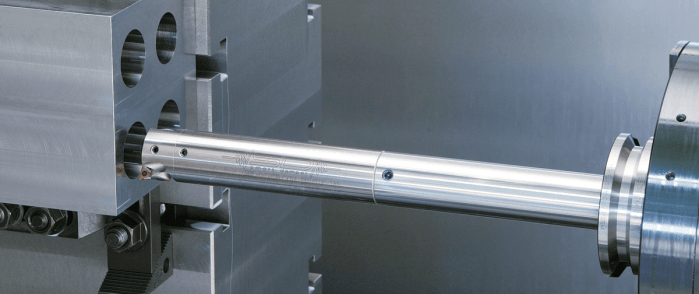
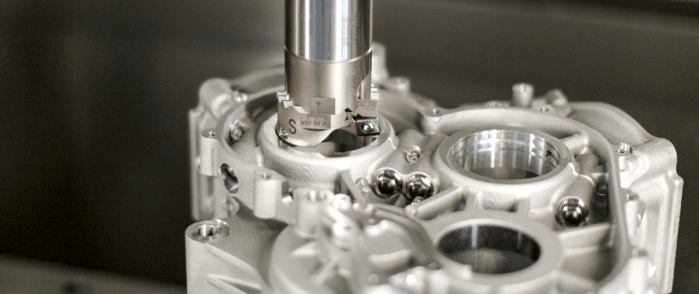



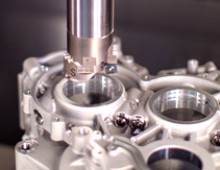
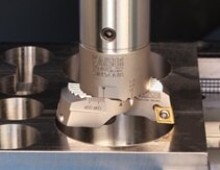
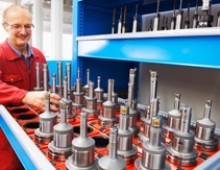
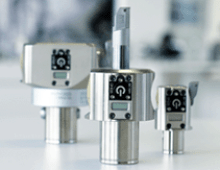
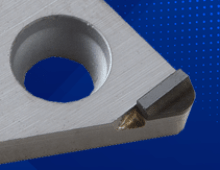
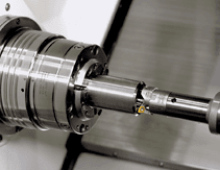
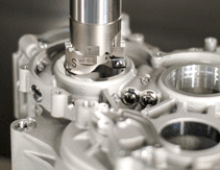
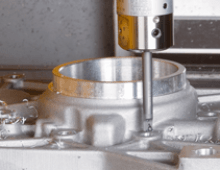
Añadir nuevo comentario